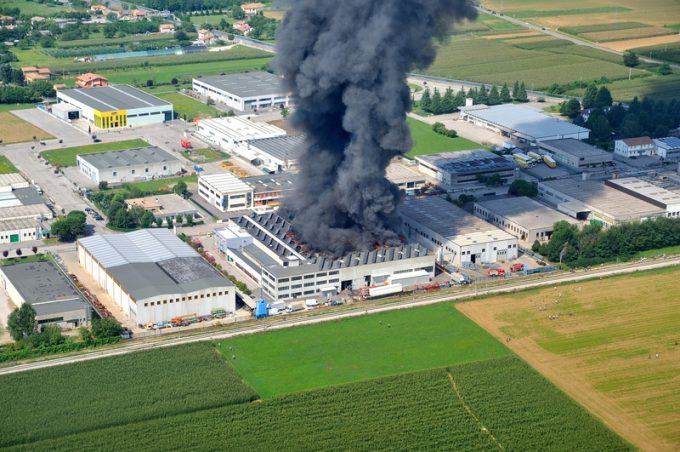Severe floods cause delay and disruption across central and east Europe
Severe flooding across central and eastern Europe is leading to transport delays, forwarders have warned. The ...

PRESS RELEASE:
Factory Fires, Mergers & Acquisitions, Business Sales, Factory Disruptions, Leadership Transitions, and Supply Shortages ranked as the top 6 supply chain disruptions in 2021, according to data released from Resilinc, the world’s leading supply chain risk monitoring and mapping solution. The exclusive data, compiled ...

Comment on this article